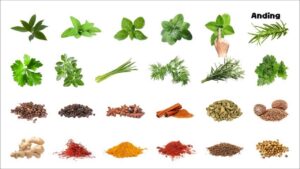Take our free online course on food & heath on Coursera: https://www.coursera.org/learn/food-and-health Transcript: All nutrients are not created equal, especially when it comes to their effect on our health. So, changing the focus of the discussion from nutrients to foods can more effectively help them to develop eating habits that will support their long-term health. Michael Pollan: Getting our head around the idea that we should be focused on the category of foods, not nutrients, is I think very important, and that’s why I emphasize that we should be talking about foods. And I think doctors should be talking to patients about foods, even if as scientists and researchers, they see through foods to nutrients. That’s not a helpful way. It may be a helpful way to study foods. It’s not a helpful way to communicate about them. Let’s look at an example of how, by speaking about nutrients rather than food, we can end up conveying the wrong messaging: in recent years, a great deal of scientific and media attention has been focused on the excessive amounts of carbohydrates in the average Western diet. We will encounter many popular diets trends that encourage us to drastically reduce the carbohydrates in our diet, while we’re given the message that they can eat protein-rich foods of any kind freely. This doesn’t usually lead to a diet that will be healthy for us in the long run. In fact, not all carbohydrates need to be held in contempt of the average healthy person’s diet. Whole grains, like brown rice and rolled oats are carbohydrates that provide our bodies with a useable source of energy and, bound together in that very same food, is a significant amount of fiber, which modulates the release of glucose from that food into the bloodstream. The glycemic index of a food is a measure of the speed at which glucose is released into the bloodstream after it’s digested. A whole grain, like brown rice or quinoa will result in a slower release of glucose and a more muted insulin response. On the other hand, a food that’s high in refined carbohydrates, like white bread or soda, will lead to a more rapid release of glucose into the blood and this is likely to cause a reactive spike in insulin. Because spikes of glucose and insulin lead to less stable blood sugar levels, eating foods that are refined – especially highly processed carbohydrates – can result in an earlier return of hunger – and a tendency to overeat. The glycemic index of a food is lowered when the food contains fiber or when the food is consumed in combination with protein-rich foods or other foods containing dietary fat. For people who are struggling to manage excess weight or elevated blood sugar levels associated with diabetes, eating foods that have a low glycemic index is especially important, but even healthy individuals will benefit from choosing low glycemic foods. So, when we speak about dietary carbohydrates, we’re actually speaking about a very broad family of foods – some that can be harmful to our long-term health and some that can support it. Teaching ourselves how to choose the right foods within each nutrient category is one of the keys to success. Course by Maya Adam, MD Directed by William Bottini Editing by William Bottini & Tamsin Orion Special thanks to Michael Pollan, Tracy Rydel, and David Eisenberg
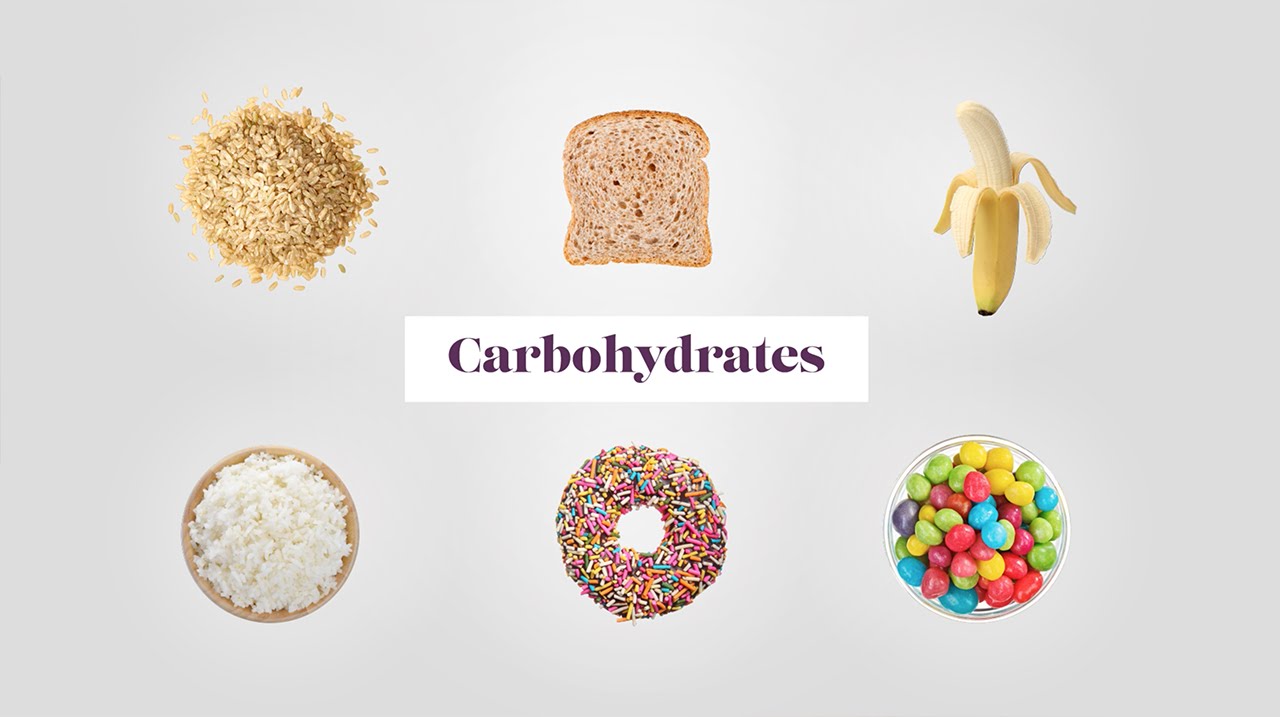
The Spectrum of Carbohydrates – from Whole Grain to White Bread
- Post author:
- Post published:May 15, 2021
- Post category:Uncategorized
- Post comments:0 Comments
You Might Also Like

Low Carb Myths – Stop Obsessing Over Insulin

Keto Diet, Keto Foods, Keto Recipes Video – 23

Benefits of Omega 3 Fish Oil Supplements ft. Naturyz Triple Strength Omega 3 Fish Oil Supplement

Hyperextension With Machine-1

Organ Transplantation Surgeries Video – 4

How To Perform the Upright Row – Exercise Tutorial

Are you Eating EGG WHITES For Weight Gain? (YOU NEED TO WATCH THIS RIGHT NOW!)

Retrosynthesis of propranolol

What is Shockwave Therapy? | Pain Relief

Homicide Psychology/ Psychiatry Video – 2
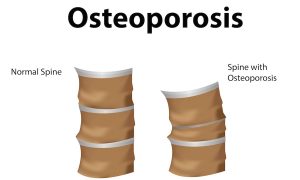
What is Osteoporosis?

Parle-G TVC 2018 | Roomie | #YouAreMyParleG

Flat Bench Press Dumbbell-6

How does cholesterol affect your heart? – Dr. Ramesh Basavanna

The Truth About Propecia (Finasteride)

Triceps Dips-10

Vomiting and Diarrhea – Akron Children’s Hospital video

Accutane-isotretinoin

Is Taking Glutamine Necessary???

Decline Bench Press-6
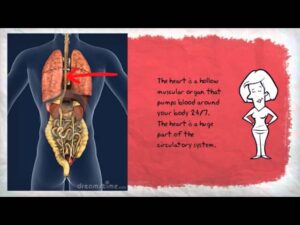
Names and Functions of Organs

Lying Triceps Extension-6

OVERSPEED CABLE SPRINTS – SPEED TRAINING – BUNGEE

Reishi is anti-androgenic

How to Do a Seated Calf Raise | Female Bodybuilding

How to Do a Back Extension | Boot Camp Workout

Strokes: Brain Damage

Zumba Cooldown / Stretch – Let me Love you (Remix)

Silimarina protectora del hígado – La silimarina del Cardo Mariano es Buena para el higado

How to Do a Perfect Russian Twist | Female Bodybuilding

4 Minute Easy Plank Workout Routine // Plank Challenge Song // Part 1

Orthopedic Physiotherapy Video – 14

Dean performing leg extensions using TRX suspension trainer
Body Types

Sports Physiotherapy Video – 1

Laproscopic Surgeries Video – 3

Organ Transplantation Surgeries Video – 4
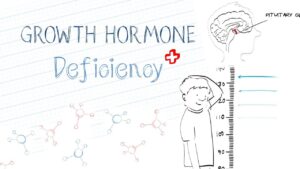
HGH, Growth Hormones & Plant Hormones Video – 1

Lateral Raises-1
Definition Anatomy And Physiology
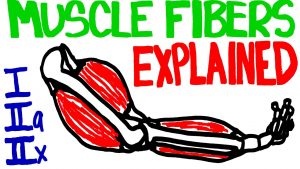
Muscle Fibers Explained – Muscle Contraction and Muscle Fiber Anatomy
